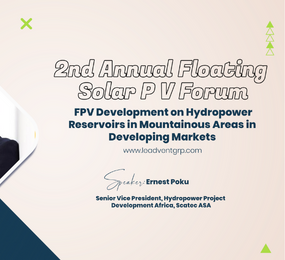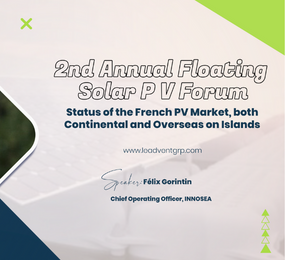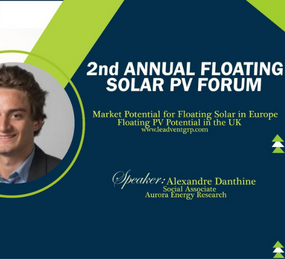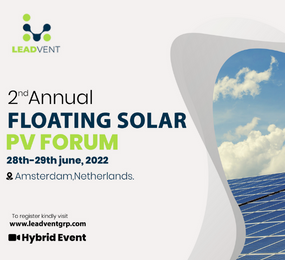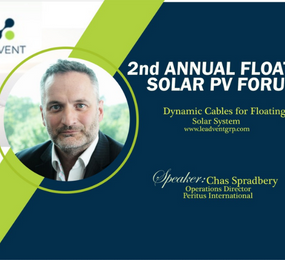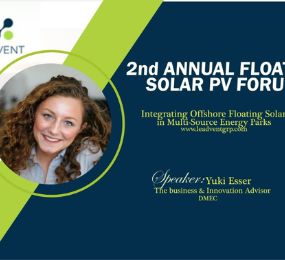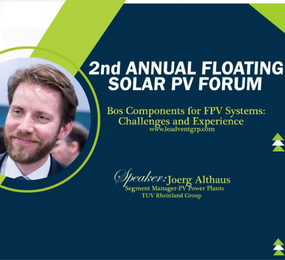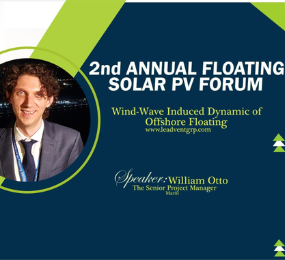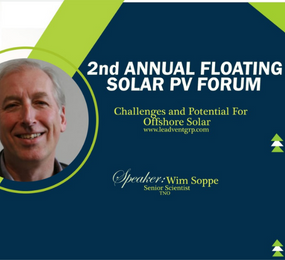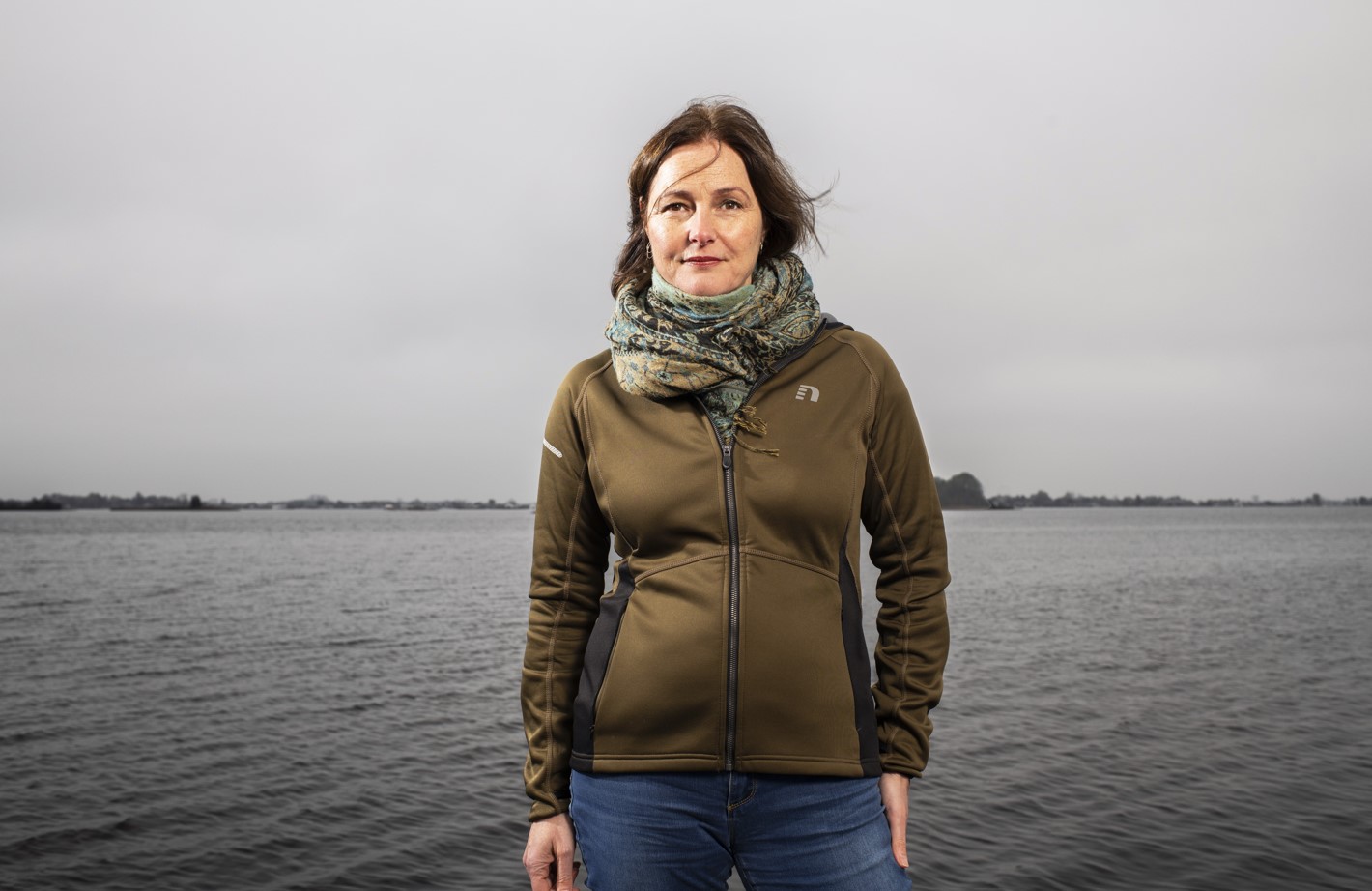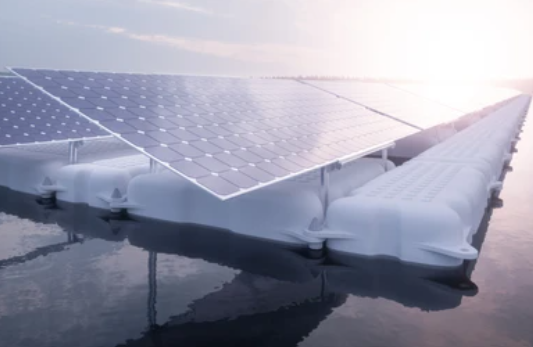Floating PV systems are installed on water bodies hence, it is needed that the design is built in such a way that it can withstand environmental factors such as currents, waves, seabed activities, and others so, therefore the floating PV systems should be designed with the consideration of its location, development, and Strategy at hand. Consequently, any error in the installation or development of Floating PV systems will be very costly to maintain or repair and also not good for the marine environment as it causes disturbance to the aquatic ecosystems.
There have been a lot of innovations in the floating PV designing tools over the recent years. Since Floating PV is a new generation energy source, it is still at its development stage in order to conquer the energy market, there is a need for it to be a better energy source than the other existing options and to also suit the marine environment where it is installed.
Let’s take a look at how the Floating PV system is designed. Shall we?
A typical FPV system consists of a floating platform, anchoring and mooring structures, PV modules, power converter, and cables as well as connectors. A floating system consists of the structure and the floater where the PV system is mounted.
Floating PV system components
Pontoon: A pontoon is an automatic structure that can effectively store a huge amount of buoyancy. It is designed with an equivalent quantity of PV modules depending on the platform and the available space.
Structure of floats and Pontoon Structure
Floats are made with high-density polyethylene (HDPE). It is generally accepted as it is easy to use, UV- resistant, corrosion-resistant, and does not require additional strength. Moreso, Glass fiber reinforced plastic (GRP) can equally be used to build float platforms but according to research, HDPE remains a better choice. It is worthy to note that system lifetime depends on a lot of factors which include the rate of panel and pontoon degradation. FPV system lifetime is among the top factors that depend on how cost-efficient the FPV system is. Plastics are generally known to be degradable, especially under UV light and mechanical stress, this makes the HDPE a preferred option as it is cost-effective and efficient.
Mooring system
Anchoring and Mooring structure as the name insinuates holds the entire Floating PV system in a place preventing it from moving away. This part is crucial in floating PV system installation as an error has a catastrophic effect since the entire Floating PV system is not stationary. The design of the anchoring and mooring system is based on the wind flow, float type, water density, and level variance. Bank, bottom, or piles are different types of anchoring and mooring designs. While most PV systems are anchored by the bottom, it is worthy to note that bank installation design is suitable for small ponds. No matter the design type, the anchoring, and mooring system is meant to last for more than 25 years after installation.
PV modules: PV panels are mounted on the floats at a fixed tilt angle in most large-scale floating PV plants. It plays a role in the energy conversion system. Although there is ongoing research as well as innovations in making more efficient PV modules, crystalline solid PV modules are commonly used across the globe which are corrosive in salty water when placed for a long time. In recent times, the crystalline solid PV modules have been replaced with a typical aluminum frame or silicone module which is not just less corrosive in nature but also helps to cool the temperature of the water which in return reduces the overall heat of the PV module.
Cables, connectors, and power converters: Subsea cables are used for the transportation of heavy amounts of electric power from the power grid to long distances, and the power converters are used to send the energy back to the grid if there is a need for storage. Notably, the entire Floating PV installation technique is somewhat similar to the land-based ones though there are few exceptions in terms of floaters and anchoring structures.
Technical design parameters for installing PV Systems include but are not limited to:
-
Energy demand i.e. the amount of energy involved or that needs to be generated.
-
Weather forecasting- what is the standard weather situation of that marine environment, are they naturally occurring disasters around there such as hurricanes, volcanoes, currents and the rest.
-
The Size of the PV array and also the inverters are of paramount importance as it also determines the type of design to use.
This is the list of some of the Technical designing factors considered during installation:
-
Energy demand
-
Weather forecasting
-
Size of PV array
-
Size of Inverters
In conclusion, the impact of the FPV system on the ecological footprint, water quality, air quality and other environmental factors needs to be evaluated and specified in order to run a cost-effective project. To maintain a safe and reliable environment for operations, the design of the FPV system must be carefully selected and also clearly structured to avoid costly errors.
Do you want to gain exclusive knowledge about Floating PV designs? The best ways to overcome errors in design? Then, attend the 2nd Annual Floating Solar PV Forum organized by Leadvent Group.
Meet One of Our Speakers
Sacha de Rijk, Advisor Freshwater Ecology and Water Quality, Deltares will present a case study on “Environmental Impact: The Key Aspect of Floating PV Design” at the 2nd Annual Floating Solar PV Forum. Don’t miss your chance to register and gain insight from other industry leaders!
Event Name: 2nd Annual Floating Solar PV Forum
Date: 28th - 29th June 2022
Sign up here to be a part of the discussion and obtain a pass - https://bit.ly/3072eGM
For more information and group participation, contact us:
[email protected]


